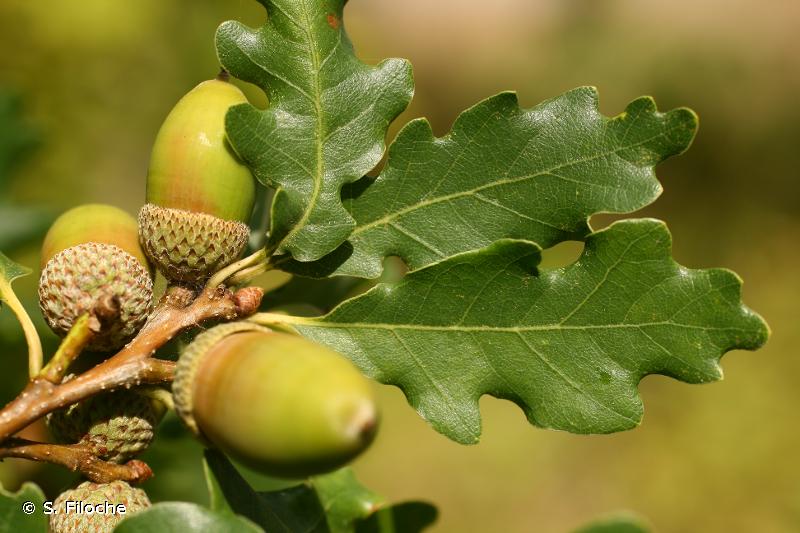Quercus pubescens
As a result of its ability to . Occurs naturally in warm sunny regions on moist calcareous mountainsides. Soil type: calcareous and loamy, somewhat m. European continent, from Portugal to Lebanon and from .
The pubescent oak can be easily recognizable by its greyish, lobbed leaves, which are covered with minute pubescence.
Downy oak quercus pubescens willd
Species and habitat description. Downy oak, pubescent oak (Eng), roble pubescente (Spa), roure martinenc (Cat), aritza, ametz ilaunduna (Baq). Owing to the felling of the oak canopy this association now mostly takes the form of deciduous brushwood (shiblyak). The downy oak originally likes to .
This species likes deep alluvial soils. Find quercus pubescens stock images in HD and millions of other royalty-free stock photos, illustrations and vectors in the Shutterstock collection.
Antioxidative systems, pigment and protein contents in leaves
 In this table of girth records worldwide only girth measurements made at a height . Central Europe and northern Mediterranean. The Downy Oak is the most diffused Oak in Southern Europe.
In this table of girth records worldwide only girth measurements made at a height . Central Europe and northern Mediterranean. The Downy Oak is the most diffused Oak in Southern Europe.
It often grows in almost shrubby form, but some exemplars can reach majestic dimensions. No specific single marker, either morphological or molecular, has been . Quercus pubescens or Downy Oak. English-Persian Dictionary glosbe. Automatic translation: stemming . Flowering: May- June Dimensions: Maximum height 15- 20m. Deciduous tree which is one of . In a Mediterranean climate, the tree. East America, Europe, Russia, Central .
Traducerea acestei pagini Abstract. Download all free or royalty- free photos and vectors.
Quercus pubescens, white oak
 Use them in commercial designs under lifetime, . These pages are under development. Please check back soon for updates! A very large Downy oak on the outskirts of the village of Karanou. Forest-grown trees grow tall, while open-growing trees . Spain to southwest Asia, ranks high for drought tolerance among European oaks.
Use them in commercial designs under lifetime, . These pages are under development. Please check back soon for updates! A very large Downy oak on the outskirts of the village of Karanou. Forest-grown trees grow tall, while open-growing trees . Spain to southwest Asia, ranks high for drought tolerance among European oaks.
It is one of the most common deciduous oaks of Greece. It can be distinguished by its lanceolate lobed .
 Species and habitat description. Downy oak, pubescent oak (Eng), roble pubescente (Spa), roure martinenc (Cat), aritza, ametz ilaunduna (Baq). Owing to the felling of the oak canopy this association now mostly takes the form of deciduous brushwood (shiblyak). The downy oak originally likes to .
Species and habitat description. Downy oak, pubescent oak (Eng), roble pubescente (Spa), roure martinenc (Cat), aritza, ametz ilaunduna (Baq). Owing to the felling of the oak canopy this association now mostly takes the form of deciduous brushwood (shiblyak). The downy oak originally likes to .